I just finished Anthony Doerr’s most recent book, All The Light We Cannot See (Scribner 2014). I’ve loved Doerr ever since The Shell Collector, About Grace and Four Seasons in Rome, but this latest novel is nothing short of breathtaking. And best of all, at least for me, the novel is set in Saint-Malo, a small fortified town on the coast of Brittany which I’ve had the pleasure to visit. Doerr captures its briny smells and moody seas just perfectly.
Doerr has a rare gift. He understands what makes science and nature tick, but he also has the words to elevate them them into art. He can make seashells, snails, rare diamonds and radio waves all seem miraculous.
This time Doerr sets his sights on France during World War II, blending history, technology and legend to tell the story of a blind French girl and a young German soldier whose destinies are entwined through the miracle of sound. All the light we cannot see.
The story is artfully woven. It moves back in forth in time and place, spiraling faster and faster toward its incredibly suspenseful center. It begins in Paris where a young blind girl named Marie-Laure lives with her devoted father, who is the master locksmith at the Museum of Natural History. She grows up in a magical world of science and cherishes her braille edition of Twenty Thousand Leagues Under the Sea.
In the meantime, Werner Pfenning begins his own story in a German orphanage where he lives with his sister Jutta. They come upon an abandoned radio out in the trash and Werner plays with it until they hear music — and as Doerr himself would say, “the magic of a stranger’s voice.” Werner dabbles with radios until his aptitude for math and technology (not to mention his snow-white hair and Aryan eyes) earns him a spot in an elite Hitler Youth Academy. Werner becomes an expert at radio transmissions and is drafted into the German army.
When the Germans occupy Paris in 1940, Marie-Laure and her father escape to the west and are welcomed in by a reclusive great-uncle who lives in an old house on the sea in Saint-Malo, Brittany.
The Germans quickly take over Saint-Malo as well, and it becomes a natural German stronghold with all of its medieval ramparts and old stone fortifications. The Germans rule the little town with an iron fist. Little do they know that Marie-Laure’s great-uncle has a secret radio transmitter in his attic.
In this video, Doerr tells us about the inspiration for his novel and his decision to choose Saint-Malo for the setting. Apparently he was traveling through France on a book tour and found himself in the lovely town of Saint-Malo. Like me, he had no idea that the town had nearly been destroyed by American bombs during the liberation of France in 1944.
If you get the chance to take a 2-3 day side trip from Paris, you should go to Saint-Malo. It is easily reachable by train from Gare Monparnasse. Or perhaps take the train to Rennes, rent a car, drive to Mont Saint-Michel, and then drive 25 or so miles to Saint-Malo. I enjoyed my stay at Le Grand Hôtel des Thermes, which is right on the beach and a short walk from the old town walls. You can take a tour of Fort National, the place where Marie-Laure’s great-uncle is imprisoned at the end of the German Occupation, or Memorial 39/45 Blockhaus, which is what remains of a German anti-aircraft defense blockhouse. A guided tour of the blockhouse is followed by a film “The Battle of Saint-Malo.”
But most of all, take an afternoon to stroll through the same Saint-Malo streets as the brave young Marie-Laure. Walk along the windswept ramparts, enjoy the fabulous seafood, and then maybe stop in a boulangerie and order a baguette. And just in case, check inside the baguette in case there’s a secret slip of paper from the French resistance. . . .

Saint-Malo sea ramparts with Fort National in the background. Marie-Laure’s uncle Etienne is arrested and imprisoned in Fort National at the end of the German occupation. A stray American shell hit the Fort on August 9th, killing 18. Etienne is there.

The houses of Saint-Malo reflect their golden light onto the wet beaches as the tide recedes. I didn’t know at the time that much of Saint-Malo had to be rebuilt after the war.
All The Light We Cannot See by Anthony Doerr: Most highly recommended. I’m serious, it’s knock-your-socks-off good.


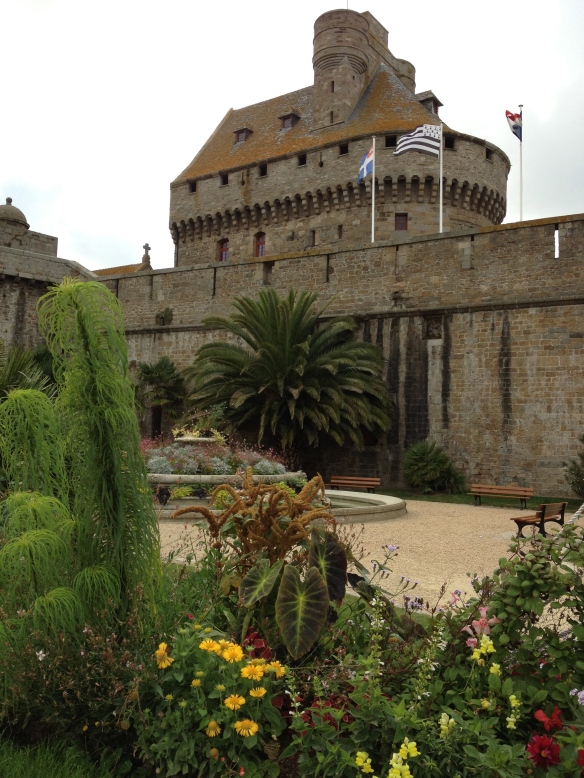



















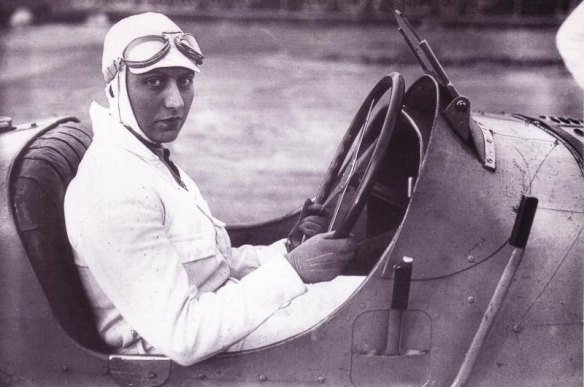

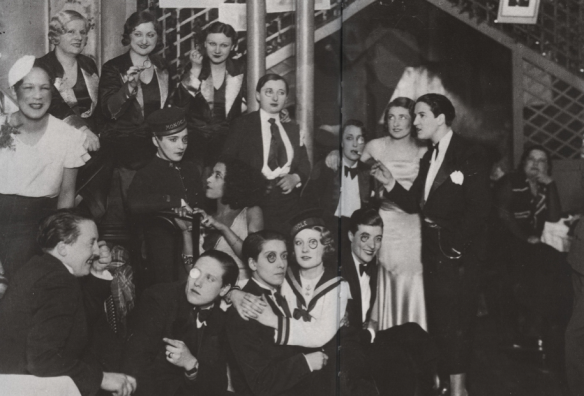

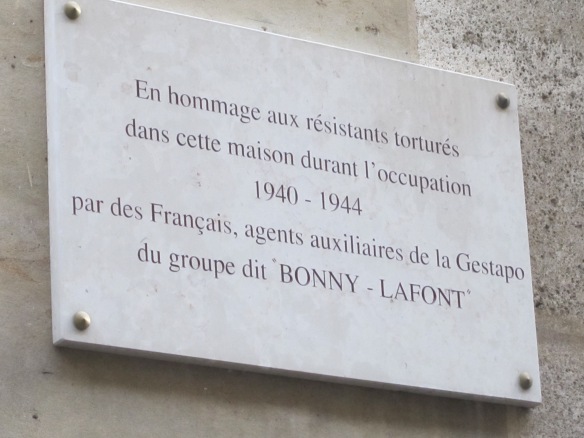


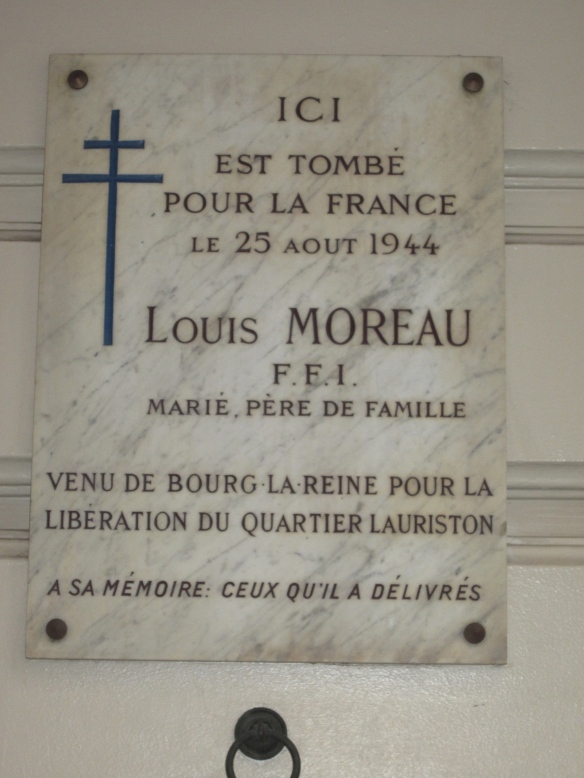
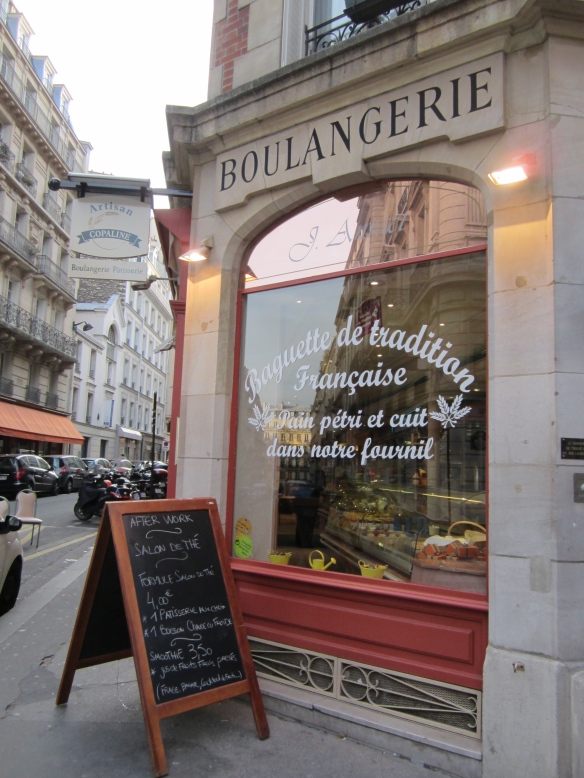

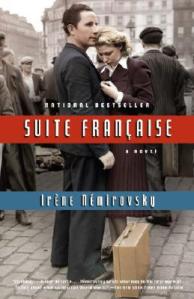
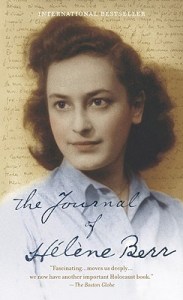
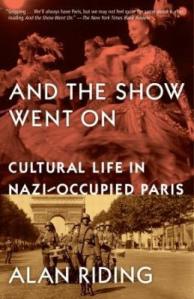



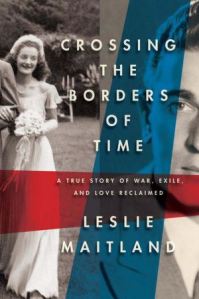
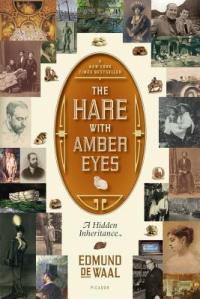
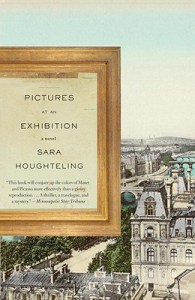



























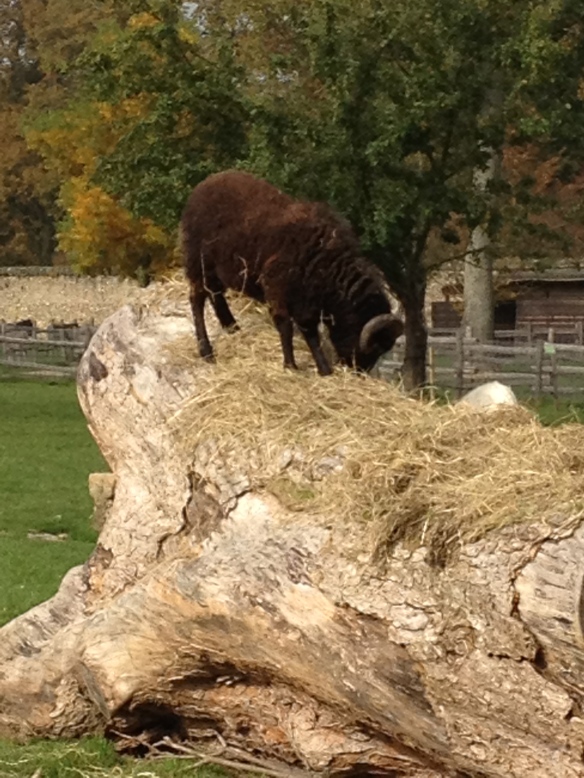






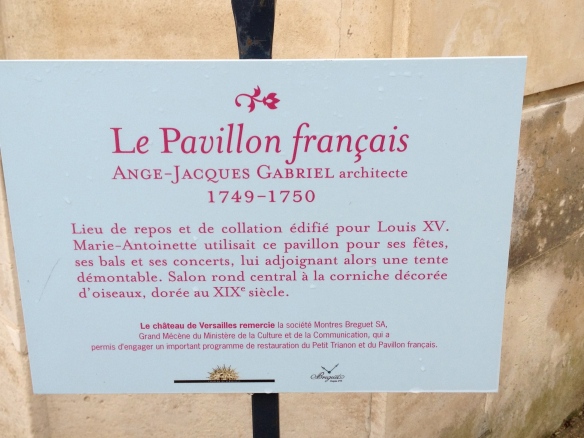

You must be logged in to post a comment.